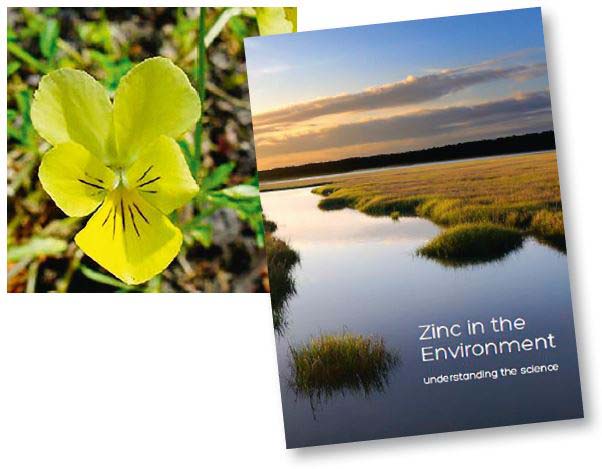Environment
Zinc is a metal that has been used in building and renovation work for centuries. Examples of its application include gutters, rainwater downpipes and roof and façade cladding. Zinc is not only chosen for aesthetic reasons, it is also a sustainable option. Zinc is a reliable and durable material offering a long lifespan. It is consistent with the circular economy. After use the material can be melted down again and serve as a raw material for new applications. Moreover, zinc is a highly functional metal: it ensures that rainwater is drained in a reliable manner. And this is important because leaks are a major inconvenience and cause serious damage. Zinc is also a popular material due to its unique appearance. There are few building materials that provide a total environmental balance that is as positive as that of zinc. Zinc lasts over 75 years. After use zinc is collected and recycled. Over 95% of zinc is reused. Zinc offers an outstanding environmental profi le due to its long lifespan and high degree of recycling.

The Building Decree of 2012 makes it mandatory for building permit applicants to calculate the sustainability of the building to be delivered. This calculation applies to all parts of the building, including the materials used. Data from the National Environment Database is used to perform the calculation. Calculations reveal that zinc scores better than aluminum, PVC and polyester. The score of four materials used to produce a gutter was calculated. For the scores (shadow price in € per year of lifespan) the lower the score, the more sustainable the material. The scores are:
| Scores (shadowprice in € per year of lifespan) | |
|---|---|
| Zinc | 1,88 |
| Polyester | 25,68 |
| PVC | 6,03 |
| Aluminum | 19,00 |